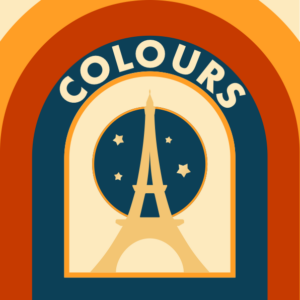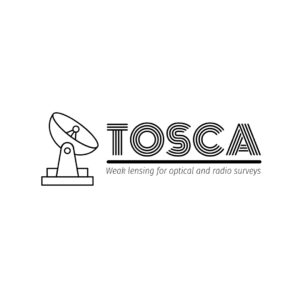| Authors: | Utsav Akhaury, Jean-Luc Starck, Pascale Jablonka, Frédéric Courbin, Kevin Michalewicz |
| Journal: | A&A |
| Year: | 2022 |
| DOI: | |
| Download: | ADS | arXiv |
Abstract
With the onset of large-scale astronomical surveys capturing millions of images, there is an increasing need to develop fast and accurate deconvolution algorithms that generalize well to different images. A powerful and accessible deconvolution method would allow for the reconstruction of a cleaner estimation of the sky. The deconvolved images would be helpful to perform photometric measurements to help make progress in the fields of galaxy formation and evolution. We propose a new deconvolution method based on the Learnlet transform. Eventually, we investigate and compare the performance of different Unet architectures and Learnlet for image deconvolution in the astrophysical domain by following a two-step approach: a Tikhonov deconvolution with a closed-form solution, followed by post-processing with a neural network. To generate our training dataset, we extract HST cutouts from the CANDELS survey in the F606W filter (V-band) and corrupt these images to simulate their blurred-noisy versions. Our numerical results based on these simulations show a detailed comparison between the considered methods for different noise levels.



